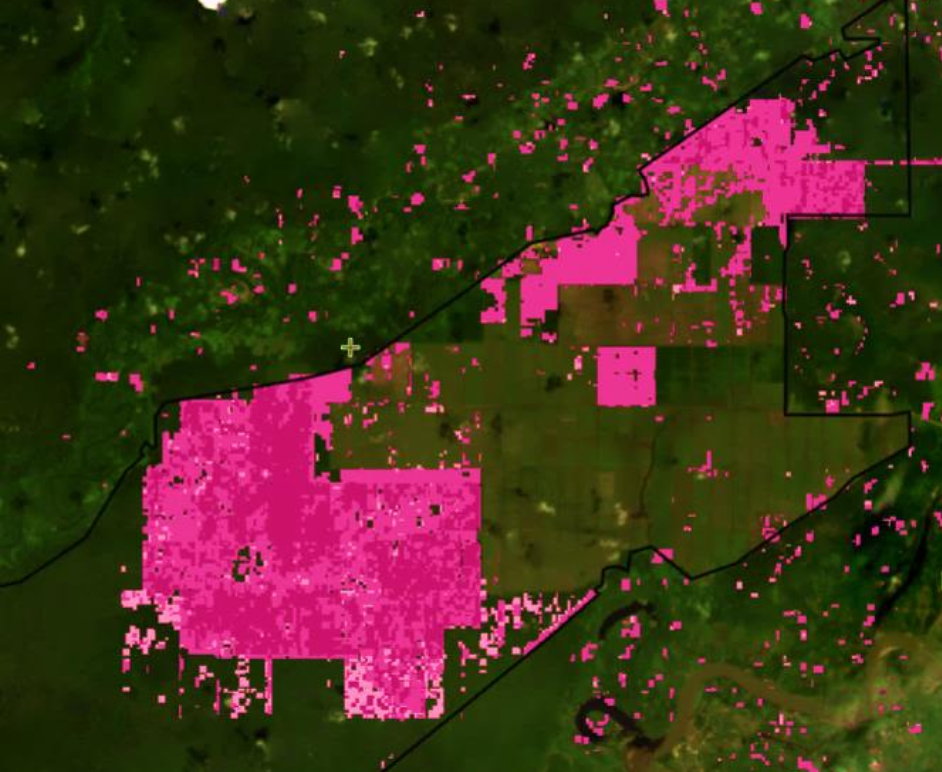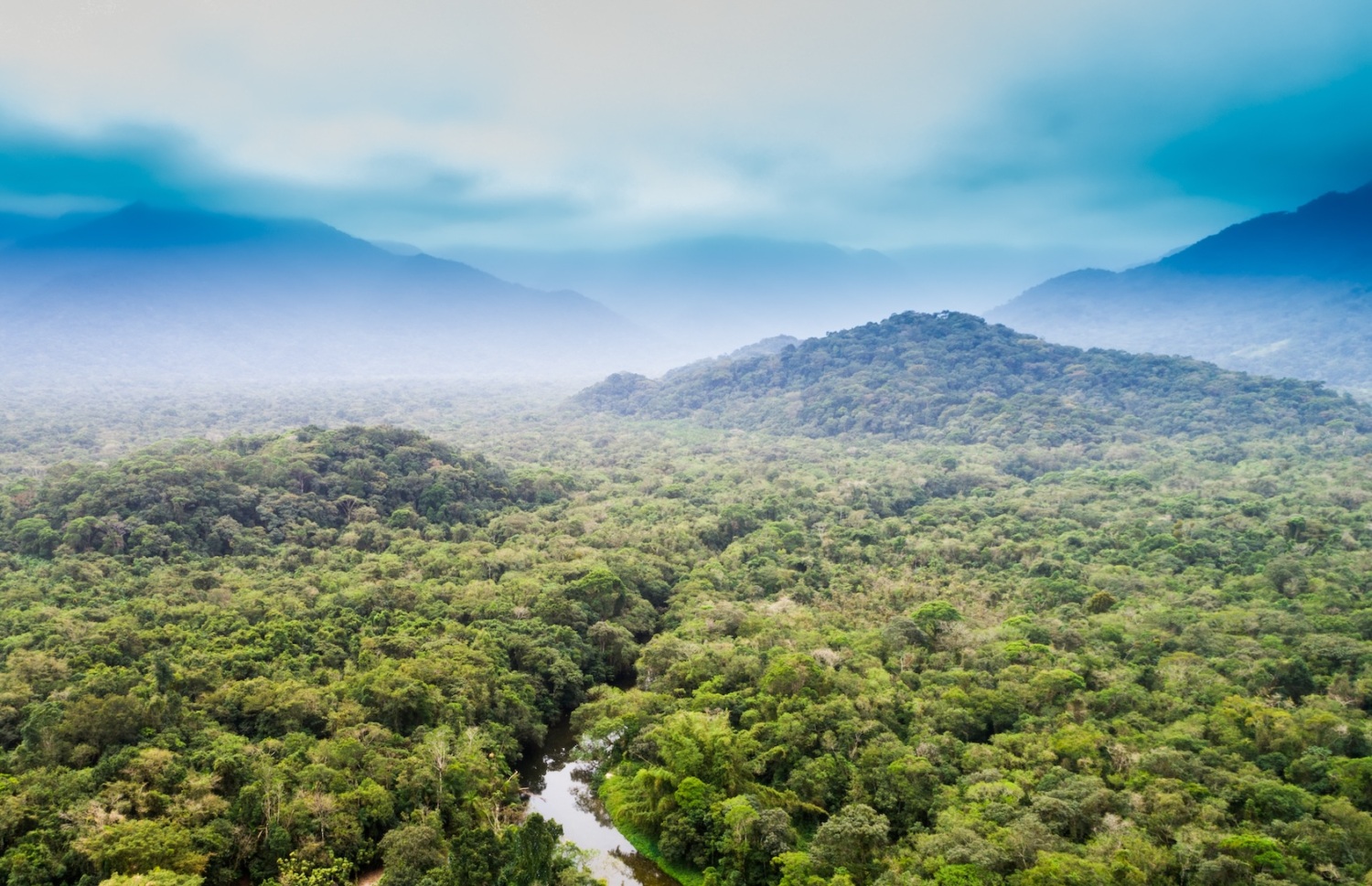Dialogue avec Halcyon — Encourager le changement dans l’industrie du caoutchouc

Dialogue avec Halcyon — Encourager le changement dans l’industrie du caoutchouc
By Etelle Higonnet
The world of rubber é evolved e at an impressive rate.
Often, the change comes from below . Over the last two years, major tire manufacturers, one after the other, have agreed to abandon destructive practices for the planet towards a rubber without deforestation. This revolution of the tire inspired courageous actions from quelq ues automakers who set them also to adopt without deforestation rubber. As tires account for more than two-thirds of global rubber demand, these reforms have in turn prompted major suppliers, from Asia to Africa, to take into account developments in this sector.
Encouraged by this progress and eager to accelerate its spread , Mighty Earth is investigating the supply chain of Halcyon, the world’s largest supplier of rubber, which alone controls 12 percent of the world’s rubber. the planet. A positive change from this company could be the key to a reconversion of the whole sector . The opportunity was too good not to seize it. Thus , based on my experience in the country and in negotiations with business to promote human rights and stop the destruction of forests, I began planning a visit to Cameroon. The third largest employer in the country, this company controls two large plantations, Sudcam and Hévécam which together form the largest rubber concession in the world.
When I arrived, I was greeted by our local partner, Victorien, a member of APED, the main local NGO working in the region where Halcyon owns Hévécam, one of his huge rubber plantations. We immediately got to work. Together, we developed a detailed plan for a survey of a number of communities affected by deforestation for rubber, on the Hevecam plan and in the surrounding area.
We wanted to hear the story from A to Z . That is why we wanted to talk with communities recently affected by deforestation , but also with those who were victims of land grabbing and abuse more than forty years ago. We have also striven to strike a balance between Aboriginal and non-Aboriginal communities so that everyone’s voice is taken into account in our inquiry.
Whether we used well-paved roads, rugged secondary roads or forest trails to get into these communities, we heard the same chorus every time . A litany of abuse, accompanied by the same messages : ” We are poisoned . Help us get clean water. Our forests are gone. Tu s our livelihoods have been poisoned, died, have disappeared. What are we going to do now ? ” By continuing our discussions, we learned that Hevecam continued to clear large-scale land, impoverish biodiversity and destroy indigenous lands of first- rate cultural significance .
But in this dark picture, a ray of hope is emerging on the horizon : the common Autes have indicated that over the past two years, had become HEVECAM e a little more receptive to their grievances . As the interviews progressed, it became clear that Halcyon had been open to a positive dialogue. This is where we have to act .
D them months later , I e was returned to Cameroon with a draft report that I wanted to share with key stakeholders. We wanted to make sure that the voices of local stakeholders were heard, to accurately represent their concerns and to focus on the relevant issues and proposed solutions. With the help of Victorian and Samuel Nguiffo , winner Goldman Prize of Cameroon e t Director of an NGO, we solicited feedback from a platform 50 local NGOs fighting against deforestation, Forest and Community Platform . The next day, we gathered in the offices of Greenpeace Cameroon to meet our guests and indigenous leaders from different parts of the country. These leaders shared their experiences, we have helped am im prove our report and we have informed this on what our work should focus in the future. G hanks to their courage, dynamism and constructive spirit , c ette consultation day was a huge success .
The next day, at dawn, Victorian and I drove from Yaoundé to Douala, with Armelle, a colleague of Samuel of the organization Center for Environment and Development (CED), to meet , for two days, the Halcyon representatives and begin our negotiations. Today I can say that it his meeting corporate commitment s was found to be one of the most positive and d are more encouraging than I have ever had.
The company’s leaders have been open-minded, thoughtful, knowledgeable and fully committed. In addition to finalizing the report thanks to the observations of civil society, NGOs, indigenous leaders and the company itself, we were also able to conclude, with respect and collaboration, an agreement on next steps to address past environmental and social harms.
You can read here the resulting agreement.
From beginning to end, this experience reinforced our belief in the importance of the multifaceted expertise and professionalism of local NGOs, as well as the invaluable knowledge of the Aboriginal leaders involved. She demonstrated the importance of establishing a clear dialogue, honest and open with business, and to e find interlocutors open to a real change .
Mighty Earth had the honor of contributing to highlight existing problems and to get a result very positive thanks to the collaboration of companies, of GOs and d are other stakeholders . Together , we worked to find a solution . We are fully confident that this trip will help put companies caoutcho uc and tire on track, everything as they contribute to redirect an entire sector of the industry to protect forests, farmers and citizens . Lire le Rapport Lire l’accord


